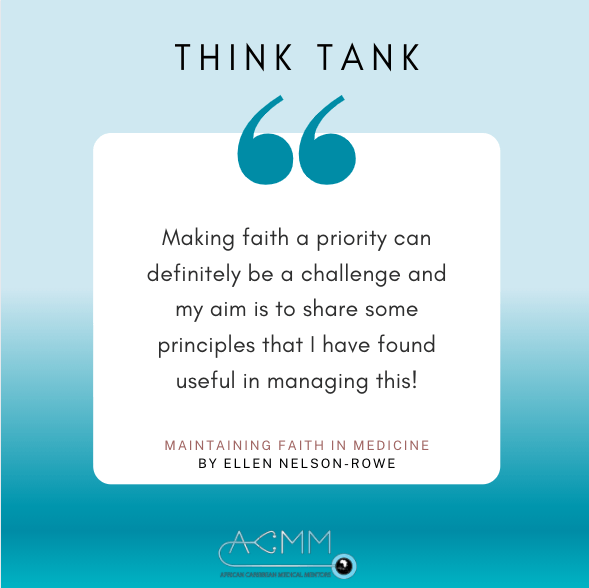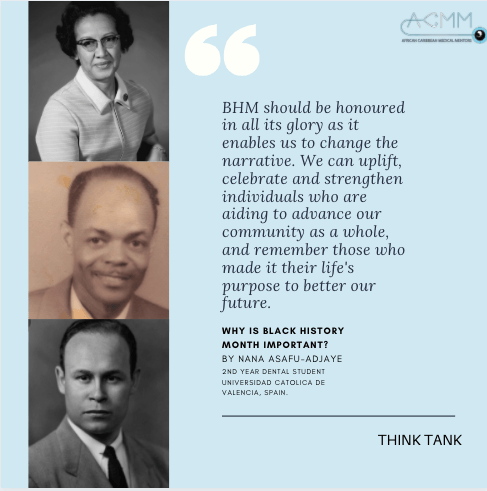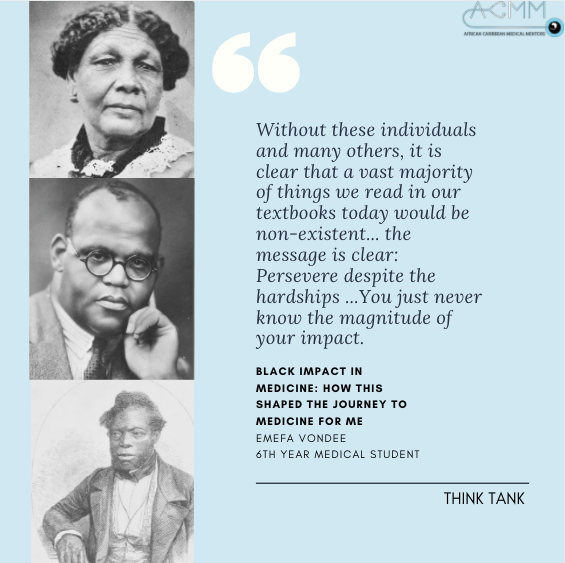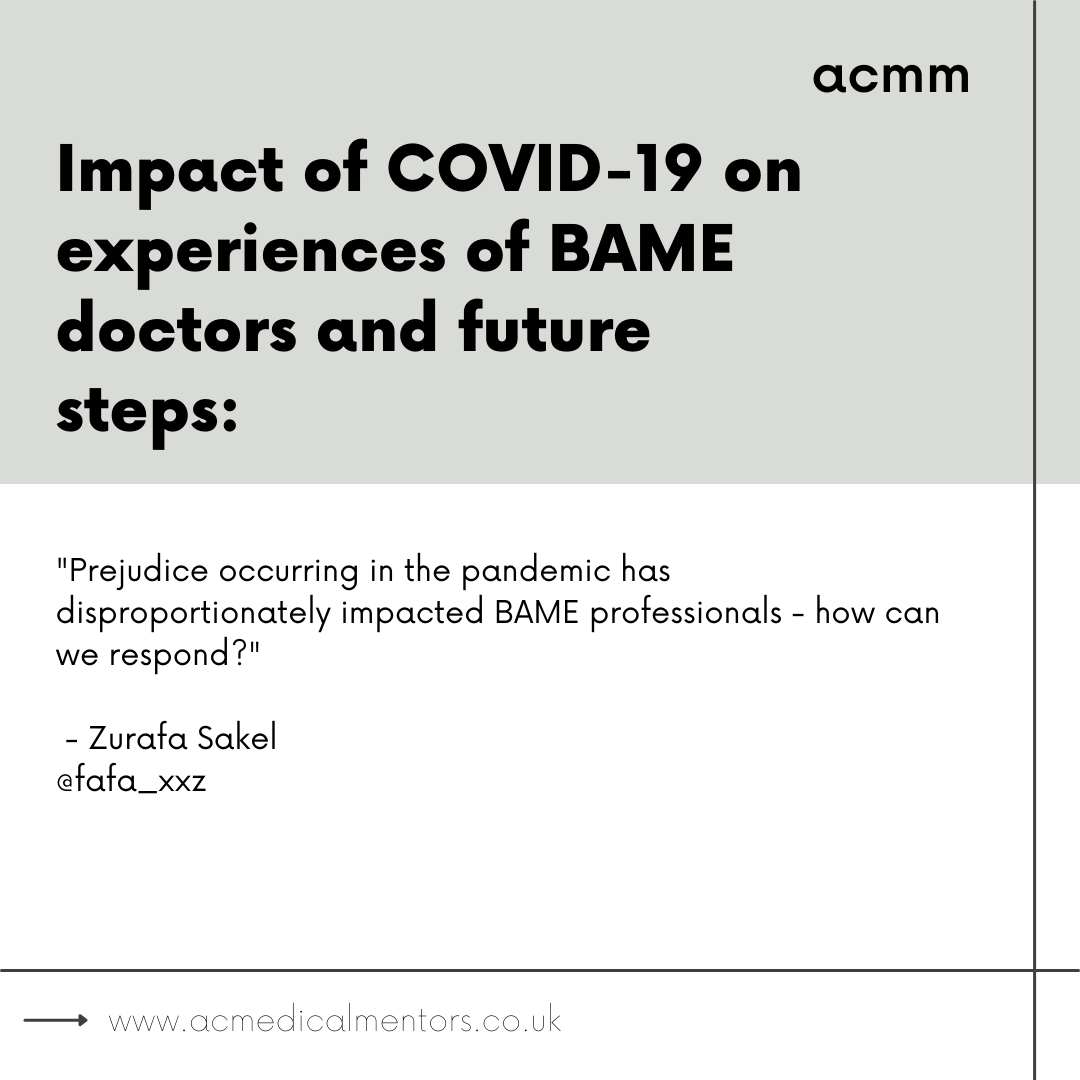COVID-19: Insight into the testing lab
Hi, I’m Ayo, a 26-year old Biomedical Scientist, Business owner and Beauty lover. I work in the field of Medical Microbiology with extensive experience in Molecular Biology pertaining to Virology. Initially, I started off my career working for a Public Health Laboratory which was heavily research based, I was able to gain extensive training from senior research colleagues. My job role involved providing resistance testing for HIV, HIV subtyping via Sanger Sequencing, Hepatitis C Virus Whole Genome Sequencing and routine cell culture of Herpes Simplex Virus.
My time working in a Public Health Laboratory gave me an insight into the significance of outbreaks in relation to laboratory testing, however, I was still interested in working in a diagnostic setting. This led me onto a career within the NHS. Joining the NHS in the middle of a pandemic isn’t ideal and COVID-19 took precedence over all routine diagnostic work.
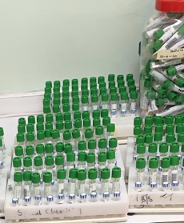
Coronaviruses are RNA viruses that cause several diseases involving respiratory, enteric, hepatic and neurological systems among humans (Zumla et al., 2016). Testing involves detection of viral RNA within patient samples. The methodology involves two stages, Viral Total Nucleic Acid Purification and Real-Time PCR.
At onset of the disease, the main manifestations of COVID-19 are fever, continuous dry cough , shortness of breath, In severe patients; complication of the virus include severe acute respiratory syndrome, coagulation dysfunction and pneumonia. Asymptomatic individuals or those with mild disease are able to spread COVID-19; therefore social distancing is required in order to prevent further transmission of this devastating disease. (Li et al., 2020) (BMJ Best Practice, 2020).
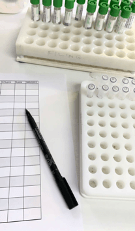
Firstly, oropharyngeal swabs are received in viral transport medium, this medium is able to maintain specimens and minimize bacterial overgrowth from time of collection to the processing of the specimen. Firstly, nucleic acid purification is performed in four important steps; effective disruption of cells, denaturation of nucleoprotein complexes, inactivation of nucleases such as RNases and DNases and to free target nucleic acid DNA and RNA (Tan and Yiap., 2009). The quality and integrity of isolated nucleic acid will directly affect downstream testing. RNA viruses tend to be more unstable with a shorter half-life than DNA, thus, requires processing immediately after extraction.
Once RNA has been obtained Real-Time PCR is performed. Real-Time PCR is able to detect two Coronavirus genes, open reading frame (ORF) and the nucleocapsid (N) proteins; these two genes are required in order to detect the new severe acute respiratory syndrome coronavirus 2 (SARS-CoV-2). The validation process took one month to complete and approximately 85 previously tested samples were used in our study. Once validated I was involved in assisting the 100,000 tests per day target.

This unprecedented pandemic has been challenging mentally, as we have never seen such events take place in our lifetime. But I do believe that research is underway for a vaccine and hopefully we will obtain to regain control of this pandemic.
Written by Ayodele Osobu, biomedical scientist and business owner of @ayo_o_boutique. Edited by Omolara Akinnawonu.
Social Media Handle : @AYO_OX
@ayo_o_boutique


